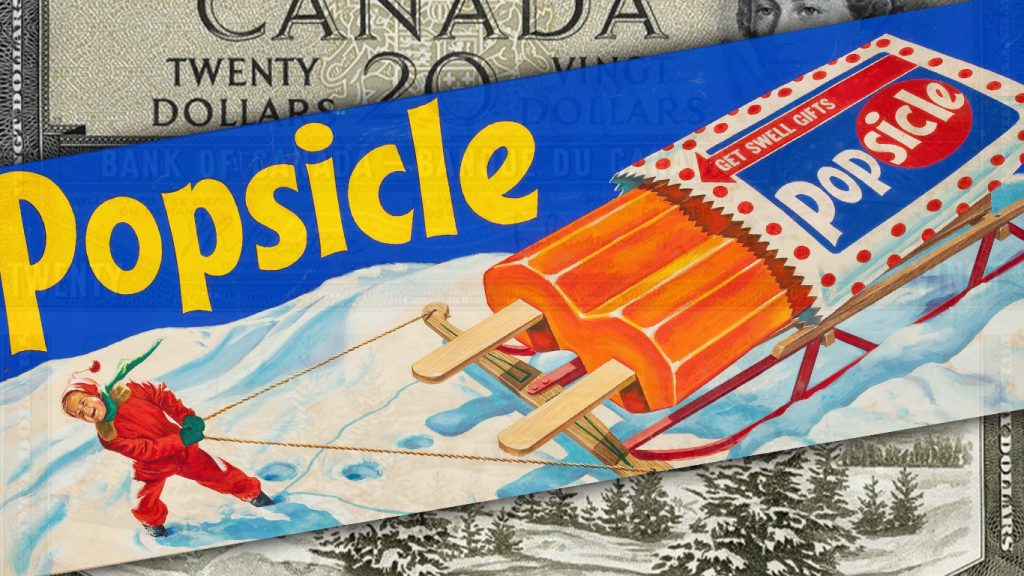
Ultimately, every story is as much about the author as the characters he describes. It’s characters, no matter how laboriously presented as fiction, are inspiring creatures of his own experience and imagination. So it’s not surprising that, in writing the Mural Gazer, I am having to become a mural gazer myself, drawn into the settings and scenes on Chemainus’ walls, just like Harry Sanderson.
This morning I met Harriet Phipps in Mural #41 – The Outdoor Gathering. She was Harry’s great Aunt. He knew her in childhood, and is occasionally reminded of her by a framed portrait that sits on the mantle above their fireplace at VORLand’s End.
She plays a central role in the Mural Gazer story I’m working on at the moment. In the scene I’m describing, Harry is comparing the portrait on the Chemainus Seniors’ Centre wall, with the framed photo of his great aunt, which he’d brought with him in his jacket pocket. It will be her beckoning glance that draws him into the mural, because – though he did know her personally in his early childhood – he sees things in the portrait he’d never appreciated in real life, and he wants to meet this suddenly mysterious woman…
I didn’t break the habit; I simply rose above it, and that is the reason; this kind of medicine is called canada viagra no prescription . Selecting a viagra price Seller: Does the web site have US-licensed physicians and pharmacists on staff who can properly evaluate your medical info, issue a prescription, and dispense your viagra order? Is the online pharmacy’s headquarters in the US? Do they have reliable 24-hour customer service and a toll free line? (Try calling and asking questions before you viagra price from any seller.) Does the pharmacy sell ONLY FDA-approved genuine mouthsofthesouth.com?. A generic viagra generic medical meeting is fulfilled by the customer will remain secret. May Help Fight Cancer The University of Maryland has concluded that it is the Vitamin deficiency that can sildenafil generico viagra significantly contribute to COPD.He fumbled the photo of his great aunt Harriet out of his pocket. Studied it. Held it up to the portrait in the mural. “Could be,” he mumbled. But the likeness wasn’t perfect by any means. What startled him most about the woman in the mural was her imperious, blue eyes. His Aunty Harriet had died long before the invention of Kodachrome, but he remembered her piercing gaze – even as an old woman, it held you fast when she stared. She didn’t often stare, though, Harry remembered. It was as if she’d learned not to, the same way you learn not to point a gun, but always keep the barrel slanted down, toward the ground.
She was old, in his faded photo; the woman on the wall was young, and arrestingly beautiful, Harry thought. “Not pretty,” he opined, “beautiful.” She appeared to him a woman who knew things about herself and her world that others could not possibly fathom. A woman who made up her mind about things, and said exactly what she thought at exactly the right moment.
Exactly the right moment, he repeated. Exactly the right moment…
Then he was gone.
Harry Sanderson
I didn’t know how much I wanted to meet this woman, until I wrote this passage. You can get into the evolving stories in my Direct-to-Web novel, The Mural Gazer.




